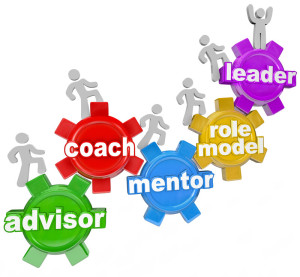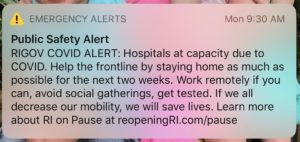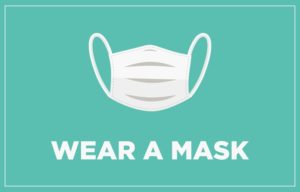I could not write about what happened on Wednesday at the U.S. Capitol any sooner. As I have watched the images on TV the past few days and tried to process it all I wondered what I could say that would  make any difference. What would a tweet, a retweet, or a like matter on social media?
make any difference. What would a tweet, a retweet, or a like matter on social media?
I have written posts on significant events and political issues in the past – the 2016 election, Black Lives Matter movement, racial disparities in healthcare, separating families at the border, gun control, gay marriage and more. I try to come at it from a health IT perspective, somehow. I’m not sure how to do that with this one so I won’t even try.
As a leader in my profession and industry, and as someone with a social platform, I decided that I can’t be silent. What I have seen this week only strengthens my commitment to continue to lead by example and help develop the next generation of leaders who are competent, decent, caring, fair and serve with integrity. And to ensure our children know that what they saw on Wednesday was very wrong.
I had tears when I realized how bad the assault on the Capitol could have been. Contrast that to my tears of joy when the first black man was inaugurated 12 years ago on the steps of the Capitol. I remember watching President Obama’s inauguration with my colleagues at Brigham and Women’s Hospital where a large screen had been set up in one of the largest meeting rooms for employees who wanted to watch. From housekeeping staff, to nurses, to VPs – we were there, watching, and filled with hope.
I had tears of sadness in 2016 when Hillary Clinton lost to Donald Trump, but I accepted it. I was willing to give him the benefit of the doubt. But the divisiveness that has been perpetuated these past four years has hurt our country for years to come. I feared his re-election in 2020 and had tears of joy again on December 7 when it was clear that President Elect Joe Biden had not only won the popular vote but also the electoral college.
What happened on January 6 had been building for four years and more intensely for the last two months. Continue reading









